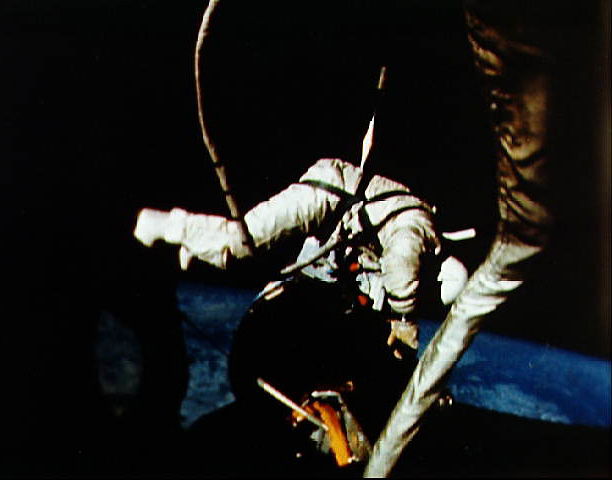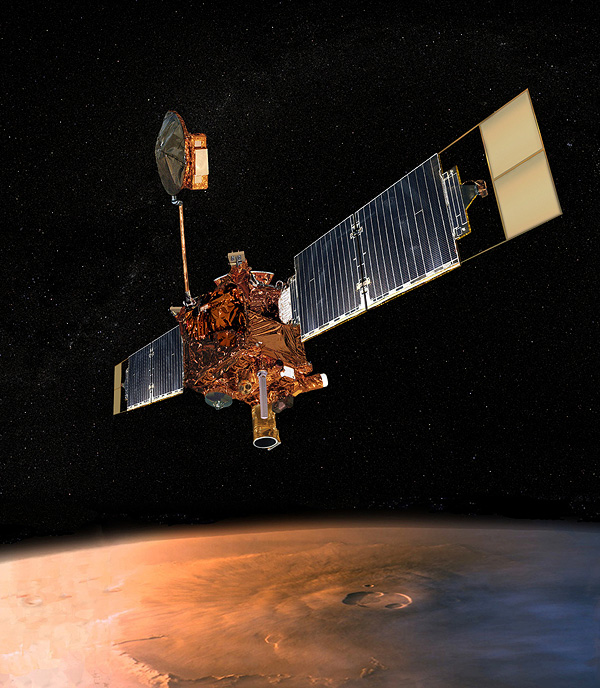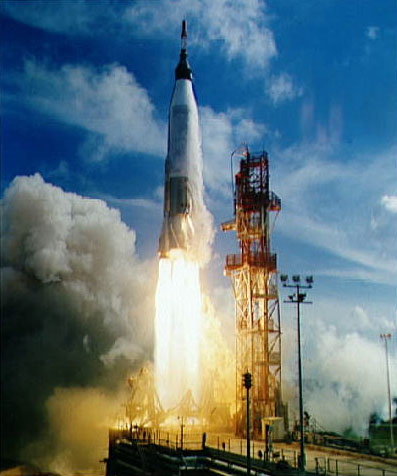Fifteen years ago today — November 19, 1996 — the Space Shuttle Columbia launched from Kennedy Space Center carrying a spacecraft with a really long acronym.

(STS-80 launch. NASA image.)
Mission STS-80 carried the “Orbiting and Retrievable Far and Extreme Ultraviolet Spectrograph-Shuttle Pallet Satellite II,” known also as ORFEUS-SPAS II, a free-flying research spacecraft built in Germany. It also carried the Wake Shield Facility on its third flight. Both free-flying payloads were deployed, completed their experiments, and were retrieved without incident.
Astronauts Kenneth D. Cockrell, Kent V. Rominger, Tamara E. Jernigan, Thomas D. Jones, and F. Story Musgrave spent 17 days in space, carrying out all the planned experiments except for two spacewalks that were cancelled because of a problem with the shuttle’s hatch.

















